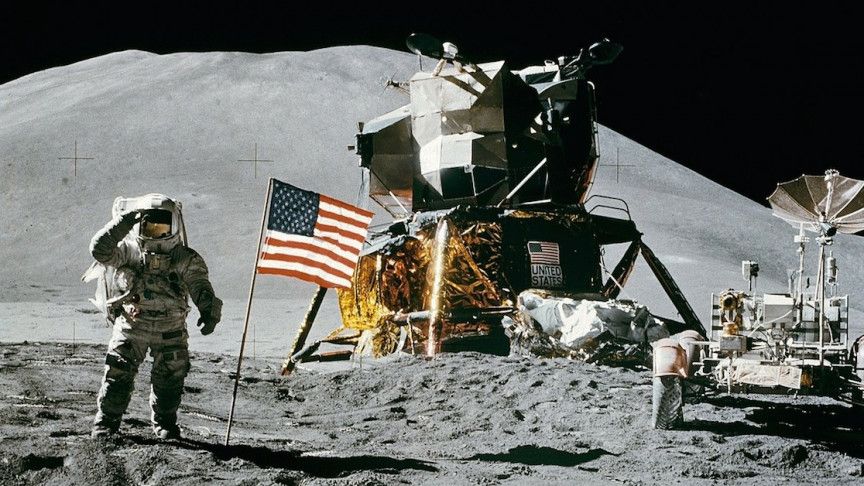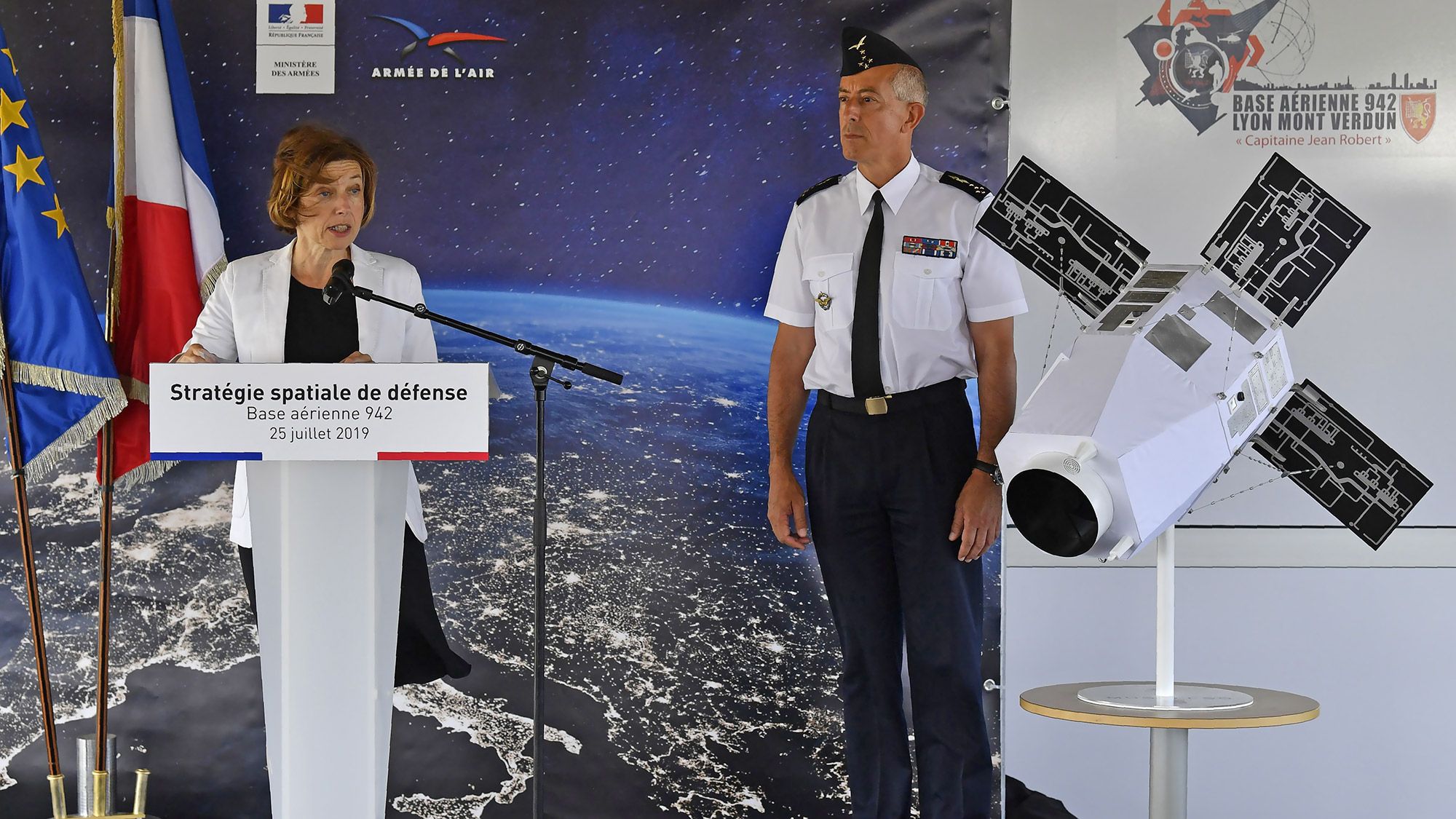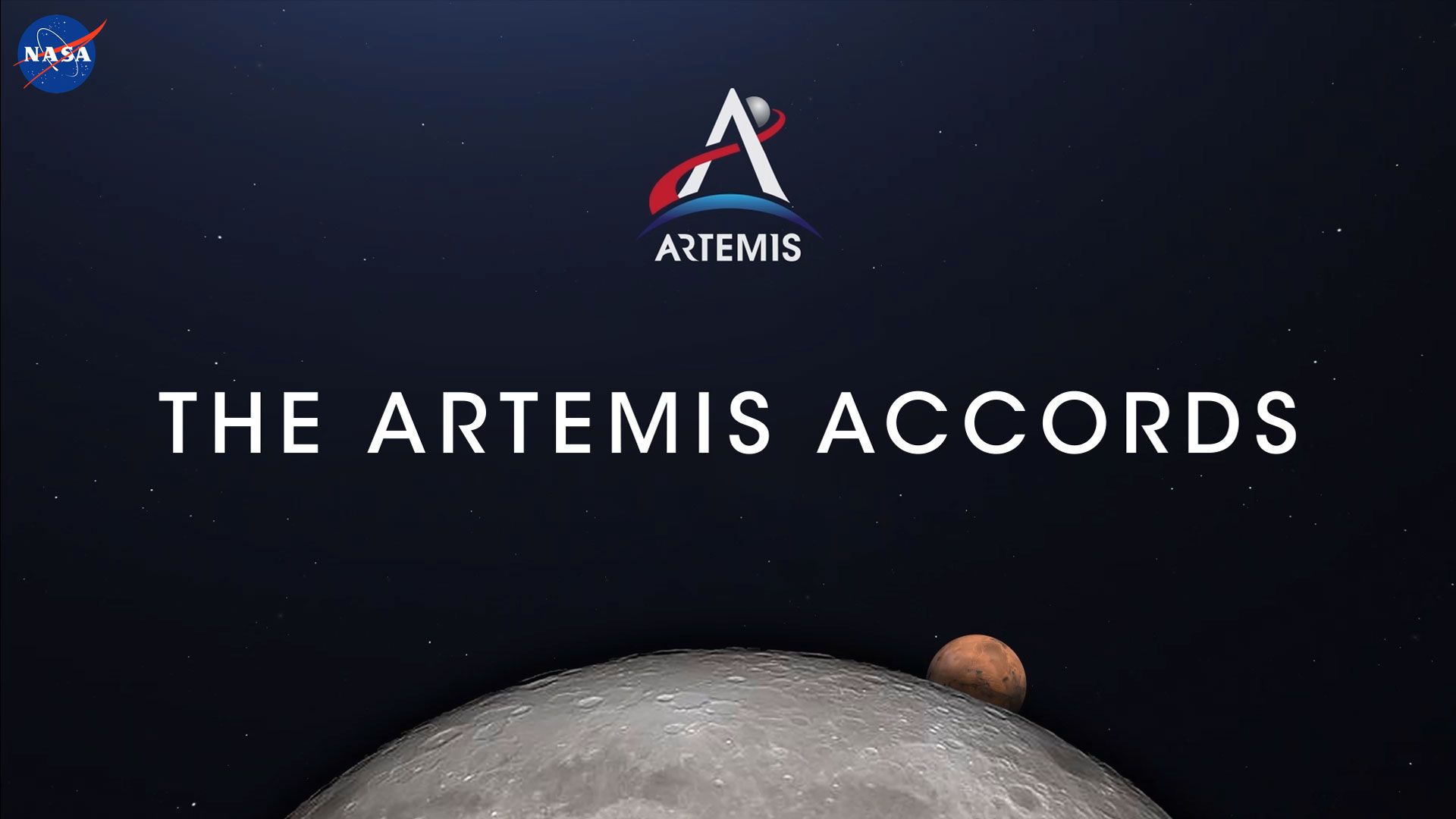To Quarantine the Moon and Mars
March 7, 2021 (rtd.rt.com)
• In July 1964, representatives from several institutions including NASA held a conference to discuss the topic of preventing ‘back contamination’ – bringing contaminants from extraterrestrial bodies back to Earth. They feared that such contamination of the Earth could multiply and lead to unpredictable consequences, up to and including the extinction of our civilization. The attendees at the ‘Conference on Potential Hazards of Back Contamination from the Planets’ concluded there was no way to protect a spacecraft returning from the Moon from any possible extraterrestrial life forms. The best solution to prevent a disease from spreading among people would be isolation until a vaccine could be produced.
• In July 1969, when Neil Armstrong and Buzz Aldrin returned to their Apollo 11 lunar module after walking on the Moon and took off their helmets, they could smell the acrid stench of Moon dust on their suits. They brushed it off as best they could, but it was impossible to get rid of it all. If there were traces of microorganisms in it, astronauts would inevitably become infected. When their space module touched down in the ocean, the first thing that the retrieval team did was to treat the module door with disinfectant.
• Upon reaching the aircraft carrier, the Apollo 11 crew changed into biological protection suits, traveled in an isolated quarantine van aboard the aircraft carrier, then through special tunnels from the aircraft carrier to land and then onward to a special laboratory. The three astronauts along with six other technicians who were exposed to a film cassette that had fallen on the lunar surface, and any lunar rock samples, objects and equipment that the astronauts had handled on the Moon, were isolated and quarantined for three weeks while scientists examined how the people and objects exposed to the Moon’s surface now interacted with terrestrial plants, animals and living tissue.
• In June 2020, NASA unveiled its new policies regarding bio-protection during manned or robotic flights to the Moon or Mars and back to Earth. The latest NASA guide looked at preventing ‘back contamination’ of moon microbes from invading Earth but also ‘forward contamination’ to protect other celestial bodies from Earth/human contamination. Now that the world is preparing for Mars missions, the planet where life forms are more likely to be found than on the Moon, planet protection policies have become a widely discussed issue.
• There is currently a debate whether the responsibilities and liabilities imposed under the Outer Space Treaty of 1967 and signed by world governments including the US also pertain to private commercial space flights. SpaceX CEO Elon Musk claims the treaty does not apply to the private sector, and that the planet Mars is free from “Earth-based government… authority or sovereignty over Martian activities”.
• With the probability of humans landing on Mars, scientists are proposing that a Martian “exploration zone” be established on the planet’s surface where visiting humans can isolate themselves for a period to prevent their contaminating Mars. It has now been demonstrated that people and objects exposed to the Moon’s surface do not pose any risk of ‘back contamination’ on Earth. But there is a concern whether Moon tourists would faithfully follow NASA recommendations regarding the protection of other moons and planets from ‘forward contamination’ of Earth-born bio-contamination.
• The CEO of fashion retailer Zozo, Yusaku Maezawa, plans to take more than a dozen civilians to the Moon under the ‘dearMoon project’. Foreseeing the rise of such space tourism, last summer (2020) NASA released updated biosafety guidance for such civilian space missions. The risk of catching an ‘alien plague’ on the Moon, or the contamination of other celestial bodies with Earth bacterias is no joke to space experts.

With space tourism on the rise, the risk of space contamination may undermine the

endeavour. The CEO of fashion retailer Zozo, Yusaku Maezawa, who started a project to launch the first civilian flight to the moon in 2023, has recently announced he’ll pay for five randomly chosen candidates as well. But it is still unclear whether the dearMoon project offers the required biosafety level while taking more than a dozen civilians to the moon. Even though no-one has been infected, the risk of catching an ‘alien plague’ on the moon is not a joke to space experts. In the summer of 2020, NASA released updated guidance for civilian missions, foreseeing the rise of space tourism. The advice added new rules concerning contamination of other celestial bodies with Earth bacterias.

Throughout the 70s, NASA scientists were testing space systems for biosafety during

the Apollo programme. After years of research, they only concluded that biosafety is impossible in space. NASA developed a guide for preventing bio-emergencies half a century ago. However, until now, social isolation and containment remain the most reliable ways of avoiding space viruses and bacterias from invading Earth.
Interplanetary contamination
Following the first flight into space, the United States set a goal to send a manned mission to the moon earlier than the USSR. But a closer look into the prospects of the mission led to safety concerns over the biological threat. The US spent hundreds of millions of taxpayer’s dollars researching whether it’s true. Scientists from NASA were seriously considering the worst outcome of what they named ‘back contamination’.
FAIR USE NOTICE: This page contains copyrighted material the use of which has not been specifically authorized by the copyright owner. ExoNews.org distributes this material for the purpose of news reporting, educational research, comment and criticism, constituting Fair Use under 17 U.S.C § 107. Please contact the Editor at ExoNews with any copyright issue.





 The US Space Agency has always recognised that international cooperation will be vital if its Artemis programme is to succeed. Artemis is the ambitious project to land two astronauts near the lunar south pole in 2024, as a precursor to establishing a permanent human lunar settlement by 2028. On Friday, NASA officials revealed the core values underpinning its mission in a document called the Artemis Accords, which stress the peaceful nature of its exploration.
The US Space Agency has always recognised that international cooperation will be vital if its Artemis programme is to succeed. Artemis is the ambitious project to land two astronauts near the lunar south pole in 2024, as a precursor to establishing a permanent human lunar settlement by 2028. On Friday, NASA officials revealed the core values underpinning its mission in a document called the Artemis Accords, which stress the peaceful nature of its exploration.